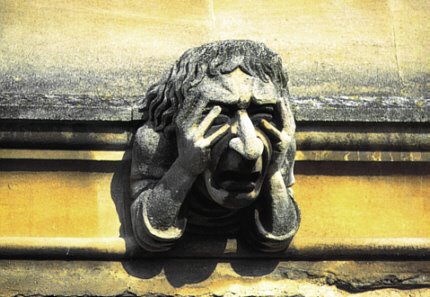Science and Nature in Early Modern Europe - El Escorial, Madrid
 International Conference: September 2008
International Conference: September 2008At San Lorenzo de El Escorial, Philip II planned a monument that would perpetuate his glory for centuries. A church for God. A monastery for the Jeronymite order. A palace for the king. A tomb for the Royal Spanish dynasty. A temple for science. It is this last aspect that, unfortunately, has received the least historical attention over the years. This temple of science hosted during the final decades of the sixteenth century some of the most advanced chemical practitioners in Early Modern Europe in its pharmacy and distillation laboratory.
The monastery/palace of El Escorial will serve as a backdrop and co-host of this international conference on science and nature in Early Modern Europe. The conference seeks to bring together Spanish and international scholars of science to discuss several topics, including the role of Alchemy from recent historical perspectives.
... details at http://www.revistaazogue.com/conference/presentation.htm


0 Comments:
Post a Comment
<< Home